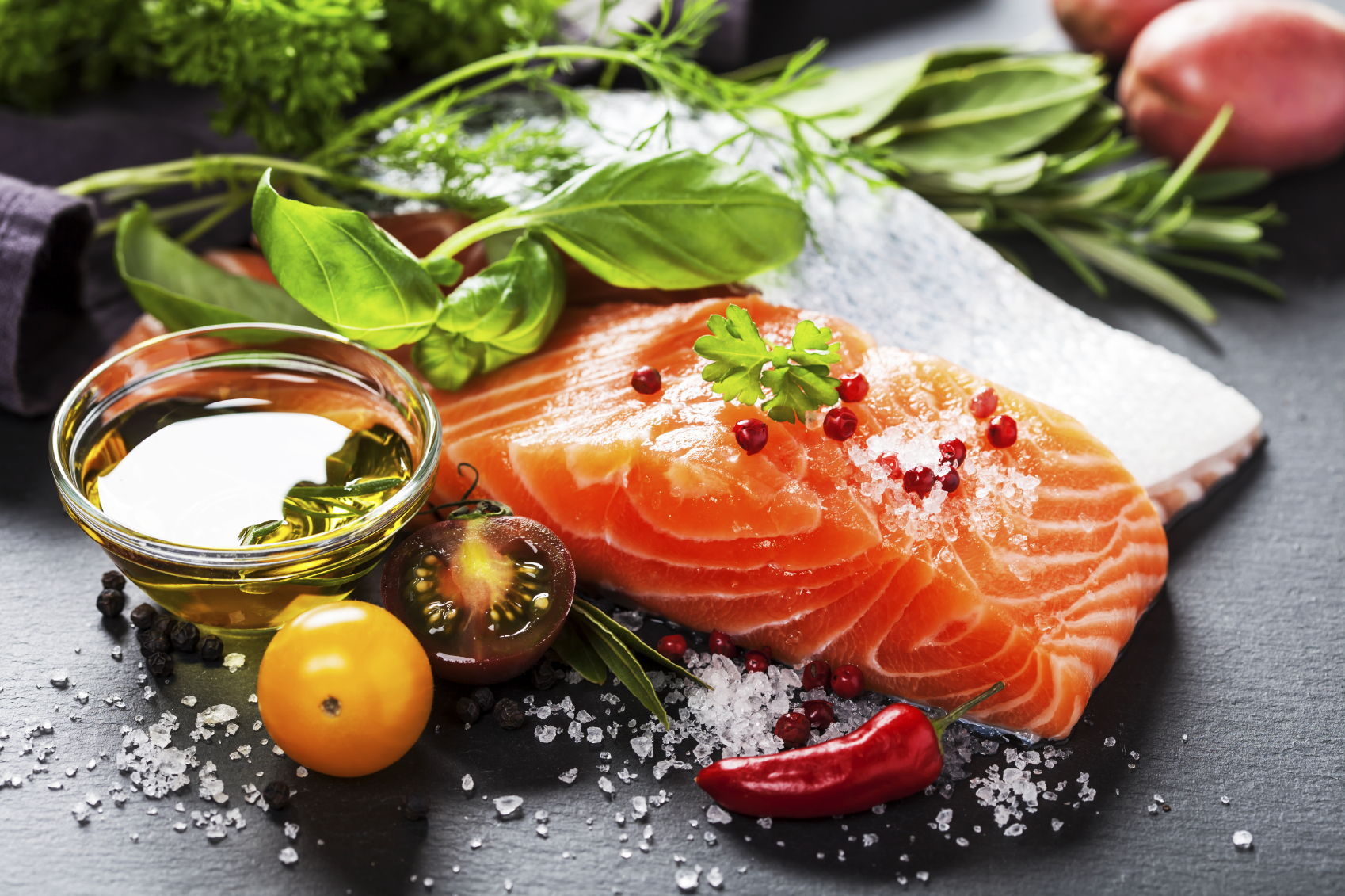A practical guide to the Mediterranean diet

The Mediterranean diet has received much attention as a healthy way to eat, and with good reason. The Mediterranean diet has been shown to reduce risk of heart disease, metabolic syndrome, diabetes, certain cancers, depression, and in older adults, a decreased risk of frailty, along with better mental and physical function. In January, US News and World Report named it the “best diet overall” for the second year running.
What is the Mediterranean diet?
The traditional Mediterranean diet is based on foods available in countries that border the Mediterranean Sea. The foundation for this healthy diet includes
- an abundance of plant foods, including fruits, vegetables, whole grains, nuts and legumes, which are minimally processed, seasonally fresh, and grown locally
- olive oil as the principal source of fat
- cheese and yogurt, consumed daily in low to moderate amounts
- fish and poultry, consumed in low to moderate amounts a few times a week
- red meat, consumed infrequently and in small amounts
- fresh fruit for dessert, with sweets containing added sugars or honey eaten only a few times each week
- wine consumed in low to moderate amounts, usually with meals.
How to bring the Mediterranean diet to your plate
How can you incorporate these healthy foods into your everyday life? Here are some small changes you can make. Pick one change every week and incorporate it gradually. Start with the changes you think will be the easiest.
- Switch from whatever fats you use now to extra virgin olive oil. Start by using olive oil in cooking, and then try some new salad dressings with olive oil as the base. Finally, use olive oil in place of butter on your crusty bread.
- Eat nuts and olives. Consume a handful of raw nuts every day as a healthy replacement for processed snacks.
- Add whole-grain bread or other whole grains to the meal. Select dense, chewy, country-style loaves without added sugar or butter. Experiment with bulgur, barley, farro, couscous, and whole-grain pasta.
- Begin or end each meal with a salad. Choose crisp, dark greens and whatever vegetables are in season.
- Add more and different vegetables to the menu. Add an extra serving of vegetables to both lunch and dinner, aiming for three to four servings a day. Try a new vegetable every week.
- Eat at least three servings a week of legumes. Options include lentils, chickpeas, beans, and peas.
- Eat less meat. Choose lean poultry in moderate, 3- to 4-ounce portions. Save red meat for occasional consumption or use meat as a condiment, accompanied by lots of vegetables, as in stews, stir-fries, and soups. Eat more fish, aiming for two to three servings a week. Both canned and fresh fish are fine.
- Substitute wine in moderation for other alcoholic beverages. Replace beer or liquors with wine — no more than two 5-ounce glasses per day for men, and one glass per day for women.
- Cut out sugary beverages. Replace soda and juices with water.
- Eat less high-fat, high-sugar desserts. Poached or fresh fruit is best. Aim for three servings of fresh fruit a day. Save cakes and pastries for special occasions.
- Seek out the best quality food available. Farmer’s markets are an excellent source of locally grown, seasonal foods.
Finally, try to have dinner as a family as often as possible. Food as a communal, shared experience is a big part of the Mediterranean approach.
Mediterranean all day
There are many ways to incorporate the delicious foods of the Mediterranean diet into your daily menu. Here are a few ideas to get you started.
Breakfast:
- whole-grain bread topped with a small amount of low-fat cheese and slices of fresh tomato, drizzled with a little extra virgin olive oil
- vegetable omelet made with mushrooms, spinach, and onions cooked in olive oil with crusty whole-grain bread
- plain Greek yogurt topped with nuts and fresh berries.
Lunch:
- Greek salad made with chopped mixed greens, kalamata olives, tomatoes, fresh parsley, feta cheese. Dress with extra virgin olive oil and freshly squeezed lemon
- chickpea and farro salad with red peppers, spring onions, and fresh oregano, dressed with extra virgin olive oil and lemon juice
- vegetarian pizza topped with part-skim mozzarella cheese, roasted broccoli, onions, green peppers, and carrots.
Dinner:
- grilled vegetable kabobs with shrimp, toasted quinoa salad, and mixed green salad with pine nuts
- chicken stir-fried in olive oil with broccoli, cauliflower, asparagus, and yellow peppers, served over brown rice
- steamed mussels with spinach-orzo salad and minestrone soup.

Nenhum comentário